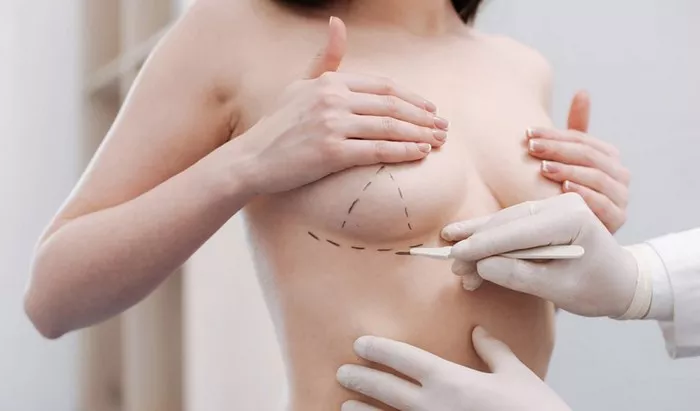Breast size is a topic that has long been a source of fascination and concern for women. Many women wonder what the average boob size in the UK is and how their own breast size compares. In this article, we will explore the average boob size in the UK and discuss the factors that can influence breast size and body image.
Defining Breast Size:
Breast size is determined by several factors, including genetics, weight, and hormonal changes. Breast size is typically measured by cup size, which is determined by the difference between the measurement of the bust and the measurement of the underbust. Cup sizes range from AA to K, with AA being the smallest and K being the largest.
The Average Boob Size in the UK:
According to a study conducted by lingerie retailer Bravissimo, the average boob size in the UK is a 34DD. This means that the majority of women in the UK have a cup size between D and E.
However, it is important to note that breast size can vary widely among women. Some women may have smaller or larger breasts than the average, and this is perfectly normal.
Factors that Influence Breast Size:
Breast size is influenced by several factors, including genetics, weight, and hormonal changes. Genetics play a major role in determining breast size, as some women are simply predisposed to having larger or smaller breasts.
Weight can also influence breast size. Women who are overweight may have larger breasts due to the accumulation of fat in the breast tissue. Conversely, women who are underweight may have smaller breasts due to a lack of fat in the breast tissue.
Hormonal changes can also affect breast size. During puberty, the body produces hormones that stimulate breast growth. Hormonal changes during pregnancy and menopause can also cause changes in breast size.
Breast Size and Body Image:
Breast size can have a significant impact on a woman’s body image and self-esteem. Women with smaller breasts may feel self-conscious or inadequate, while women with larger breasts may feel uncomfortable or objectified.
It is important to remember that breast size is just one aspect of a woman’s physical appearance and does not define her worth or value. Women should focus on cultivating a positive body image and self-confidence, regardless of their breast size.
Breast Size and Health:
Breast size does not necessarily indicate health or fitness. Women with larger breasts may experience back pain or discomfort due to the weight of their breasts, while women with smaller breasts may be more comfortable during physical activity.
It is important for women of all breast sizes to maintain a healthy lifestyle, including regular exercise and a balanced diet, to promote overall health and well-being.
Breast Size and Clothing:
Breast size can also affect the types of clothing that women feel comfortable wearing. Women with larger breasts may have difficulty finding bras and clothing that fit properly and provide adequate support. They may also feel self-conscious about wearing certain styles of clothing, such as low-cut tops or form-fitting dresses.
Conversely, women with smaller breasts may feel self-conscious about their lack of cleavage and may avoid wearing certain styles of clothing that they feel draw attention to their breast size.
Breast Size and Sexualization:
Breast size can also contribute to the sexualization of women’s bodies. Women with larger breasts may be objectified and viewed as sexual objects, while women with smaller breasts may be perceived as less feminine or sexually desirable.
It is important to recognize that all women’s bodies are valid and deserving of respect, regardless of breast size. Women should not be judged or valued based on their breast size or sexual appeal.
Breast Size and Breast Cancer:
Breast size does not necessarily increase the risk of developing breast cancer. However, women with larger breasts may have a higher risk of developing breast cancer due to the increased amount of breast tissue.
It is important for all women to perform regular breast self-exams and receive regular mammograms as recommended by their healthcare provider, regardless of breast size.
Conclusion:
Breast size is a topic that has long been a source of fascination and concern for women. The average boob size in the UK is a 34DD, but breast size can vary widely among women. Breast size is influenced by several factors, including genetics, weight, and hormonal changes.
Breast size can have a significant impact on a woman’s body image and self-esteem, but it is important to remember that breast size does not define a woman’s worth or value. Women should focus on cultivating a positive body image and self-confidence, regardless of their breast size.
Breast size does not necessarily indicate health or fitness, and it is important for women of all breast sizes to maintain a healthy lifestyle to promote overall health and well-being. Breast size can also affect the types of clothing that women feel comfortable wearing and can contribute to the sexualization of women’s bodies.
It is important to recognize that all women’s bodies are valid and deserving of respect, regardless of breast size. Women should not be judged or valued based on their breast size or sexual appeal. By understanding breast size and body image, women can make informed decisions about their own physical appearance and well-being.


